Google My Business (GMB), now integrated into Google Business Profile, is one of the most critical tools for local SEO. While many business owners understand the importance of claiming and optimizing their GMB listing, few fully grasp the backlinking potential it holds.
Backlinks related to GMB, both from the profile and directed to it, can significantly influence how search engines perceive local authority and relevance.
Although GMB does not operate as a traditional web page in the same sense as a homepage or landing page, it still functions as a trusted entity within Google’s ecosystem.
This presents unique opportunities to enhance visibility in local searches, particularly when links are utilized strategically.
This guide will explore what GMB backlinks are, how they interact with ranking factors, and actionable strategies to integrate them into a broader SEO approach.
This is an area worth leveraging intentionally for local businesses seeking better map pack exposure and higher trust signals.
Table of Contents
What Are Google My Business Backlinks?
Google My Business backlinks refer to two distinct but interrelated concepts. First, they include outbound links from the GMB profile to your website.
Second, they encompass inbound links to the GMB listing itself, especially links to posts, reviews, maps URLs, or short links generated via the platform.
The most visible GMB backlink is the website URL added during profile setup. This functions as a direct bridge between your business profile and your site, reinforcing relevance in Google’s local algorithm.
However, additional fields such as the appointment URL, service area links, and UTM-tagged post links also provide opportunities for contextual outbound linking.
Though often overlooked, inbound links to your GMB listing are valuable in local SEO. For instance, embedding or linking to your Google Maps location, review section, or GMB posts from authoritative local directories, blogs, or social platforms creates trust signals that Google’s algorithm can process contextually.
Unlike traditional backlinks, which pass PageRank or link equity based on crawlability and anchor text, GMB-related links often function more as citation-based signals.
These signals reinforce NAP (Name, Address, Phone) consistency, entity authenticity, and user experience alignment. Google doesn’t explicitly confirm link equity passing through these profiles. However, correlation studies suggest that well-structured GMB backlinks contribute to local pack rankings when paired with other optimization efforts.
Understanding these two-way interactions is foundational before implementing advanced strategies that leverage GMB as a trust-building tool in your link-building mix.
Are GMB Backlinks a Ranking Factor?
Whether Google My Business backlinks directly affect rankings is a nuanced subject. Officially, Google has not confirmed GMB backlinks as a direct ranking factor.
However, evidence from local SEO experiments and practitioner experience suggests they contribute indirectly to improved local visibility.
Outbound links from a GMB listing do not pass PageRank in the traditional sense. These links are typically nofollowed, limiting their technical link equity. However, they still provide users (and by extension, algorithms) with clear pathways to key web properties.
This reinforces business legitimacy, especially when UTM parameters are used to track user behavior tied to local intent.
Inbound links to the GMB listing, especially links to the Maps location or specific GMB posts, can be seen as localized citation signals. These may not impact national SERP rankings but can strengthen a business’s relevance and authority within a specific geographic context.
From a crawl budget and entity-building standpoint, interlinking between your main site, GMB profile, and external platforms ensures that Google can more easily consolidate business identity. For larger sites or multi-location brands, this becomes essential to avoid fragmentation.
Real-world cases provide further clarity:
- A multi-location clinic saw a 19% lift in map pack visibility after implementing consistent linking strategies between their local landing pages and GMB profiles.
- A service-based business experienced improved click-through rates after optimizing its GMB “Posts” with outbound links tracked via UTM, which clarified local user paths in analytics.
While GMB backlinks may not be standalone ranking levers, they play a synergistic role within a comprehensive local SEO framework that prioritizes consistency, user behavior signals, and brand trust.
How to Get Backlinks from Your Google My Business Profile
While most think of backlinks as something earned from external sources, Google My Business offers built-in features that can generate high-utility outbound links from the profile to your key assets.
Optimizing these opportunities is essential for channeling referral traffic, signaling relevance to Google, and tracking user behavior.
Add Your Website URL Thoughtfully
The primary website link should direct to a relevant, localized landing page, not a generic homepage. It reinforces topical and geographic alignment in local rankings. If operating in multiple locations, ensure each GMB listing points to its corresponding location page.
Use the Appointment Link Feature
Service-based businesses can use third-party tools or internal scheduling systems to insert a booking URL. It creates an additional backlink opportunity and improves conversion pathways. UTM tagging is recommended to measure GMB-driven leads.
Publish GMB Posts with Strategic Links
Regularly post updates, offers, or announcements and embed relevant URLs within the call-to-action. While links in GMB posts are nofollowed, they help guide users deeper into your conversion funnel. For maximum effect, keep URLs clean and contextual.
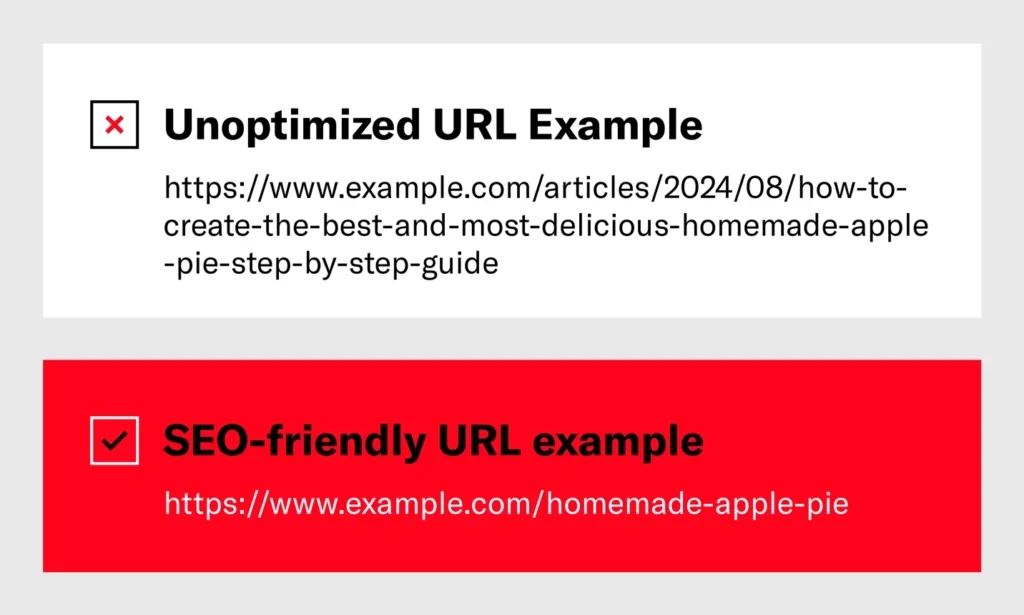
Add Product and Service Links
For businesses using the Products or Services section, include links that lead to detailed product pages, service packages, or catalogs. These are discoverable by users navigating the profile and indirectly improve topical signals.
Embed UTM-Tagged URLs Across Features
Apply tracking parameters to all external links within the GMB profile. It enables precise attribution of user activity, informing strategic adjustments in broader SEO or ad campaigns.
Maximizing outbound links from your GMB profile transforms it from a static listing into a dynamic gateway that supports local SEO, user journey mapping, and behavioral analytics.
How to Build Backlinks to Your GMB Profile
Driving backlinks to your GMB listing helps reinforce local authority, improves discovery in Maps, and strengthens entity connections across Google’s ecosystem. Below are actionable tactics to generate contextual, white-hat backlinks pointing to your GMB profile:
- Embed Google Maps on Location Pages: Use the “Share or Embed Map” feature on your GMB profile to create an embeddable map on your contact or local landing page. This links to your profile and improves UX for users seeking directions.
- Link from Social Media Bios and Posts: Share your GMB short link or Maps location in social bios, Facebook About sections, and Instagram highlights. These links remain visible and encourage real engagement and reviews.
- Submit Your Listing to Local Directories: Niche and geo-specific directories like Yelp, Hotfrog, or Foursquare allow you to add a Google Maps link. It boosts citation relevance and directs users and crawlers to your GMB presence.
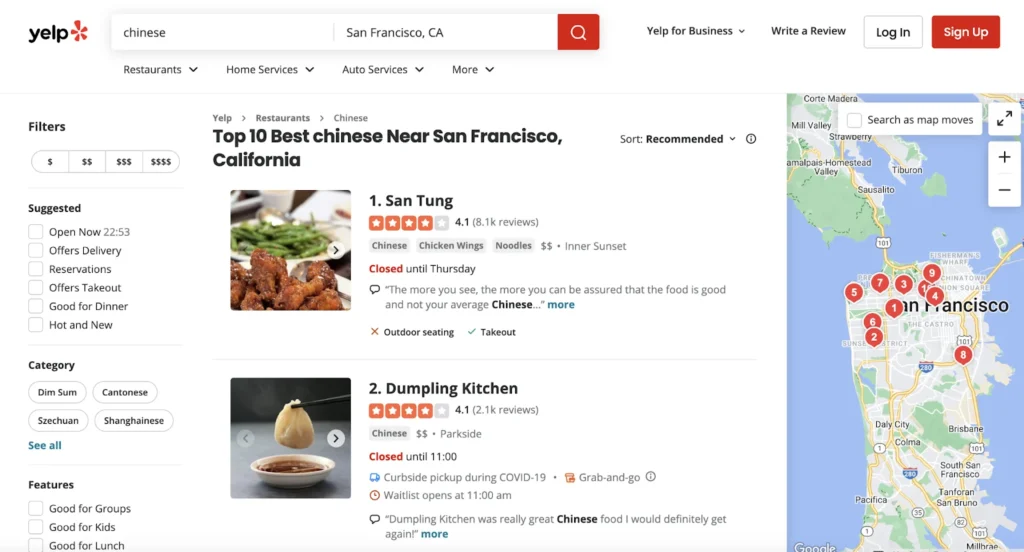
- Ask Partners and Affiliates to Link to Your GMB: Collaborate with local partners, suppliers, or even chambers of commerce to reference your GMB location or review page on their websites. This can help generate geographically relevant authority.
- Include GMB Links in Press Releases: Include a link to your Maps listing or review page along with your main domain when distributing press releases. This subtly expands visibility in local and branded search contexts.
- Embed GMB Reviews in Blog Content: Curate and showcase positive Google reviews on your blog or testimonial pages using screenshot embeds linked to the original source. It encourages engagement and provides content-user trust alignment.
Used correctly, these backlinks signal to Google that your GMB profile is an active, verifiable hub of local information and engagement.
Leveraging GMB Backlinks for Local SEO Authority
Google My Business backlinks play a subtle yet strategic role in reinforcing local SEO authority. While not all of them pass traditional link equity, their influence lies in entity association, user behavior signals, and contextual relevance.
Understanding how they integrate into the local ranking ecosystem is essential for maximizing their impact.
At a structural level, links within GMB help create a strong digital footprint for your business location.
When properly optimized, these links contribute to location prominence, one of the core pillars of the local search algorithm alongside distance and relevance. This is especially valuable in competitive markets.
Search engines also factor in behavioral metrics tied to GMB interactions, such as click-throughs, direction requests, and on-page engagement.
By connecting GMB backlinks to location-specific pages, you encourage deeper on-site activity that reinforces business legitimacy.
GMB backlinks also help consolidate your NAP (Name, Address, Phone) consistency across your web presence. This plays a vital role in citation trustworthiness, mainly when those links are found on third-party platforms that mirror or refer back to your GMB profile.
Moreover, backlinks pointing to your GMB listing strengthen entity recognition.
Google increasingly leans on entities (i.e., businesses as unique digital identities), and a well-linked GMB profile helps the algorithm draw clearer relationships between your business and its niche, service area, and relevance.
In multi-location scenarios, localized backlinks to each GMB listing can support granular visibility. Rather than blanket campaigns, smart GMB linking strategies tied to individual city or neighborhood profiles can result in targeted ranking lifts.
Google Business Profile Add Multiple Locations – UPDATED
Ultimately, GMB backlinks act as verification signals. They bridge the credibility gap between traditional SEO signals and real-world location-based authority, making them an indispensable asset in any local search strategy.
Best Practices for Optimizing GMB Links
While getting links to and from your Google My Business profile is a foundational step, ensuring these links are optimized for both user experience and search engine relevance is equally critical. The following best practices help extract full SEO value:
- Use Local Landing Pages as Targets: Always link from your GMB profile to a page tailored to the specific location. This improves relevance and increases the likelihood of appearing in the Local Pack.
- Track GMB Link Performance Using UTM Parameters: Add campaign tracking to links within your GMB profile. It allows you to monitor traffic sources and attribute leads correctly in tools like Google Analytics.
- Keep URLs Clean and Crawlable: Avoid complex parameters or redirects in your GMB links. Ensure that all links are accessible to search engine crawlers without friction.
- Leverage Descriptive Anchor Text Where Possible: When linking to your GMB listing from external sources, use anchor text that includes location and service-based keywords for stronger topical alignment.
- Ensure NAP Consistency Across Linked Pages: The landing page linked from GMB should reflect the same name, address, and phone number as the listing. Inconsistencies weaken trust signals in local search.
- Avoid Overuse of Nofollow Tags on External Backlinks: When you have control over the referring site, avoid nofollow attributes unless necessary. Dofollow links better support the trust flow to your GMB profile.
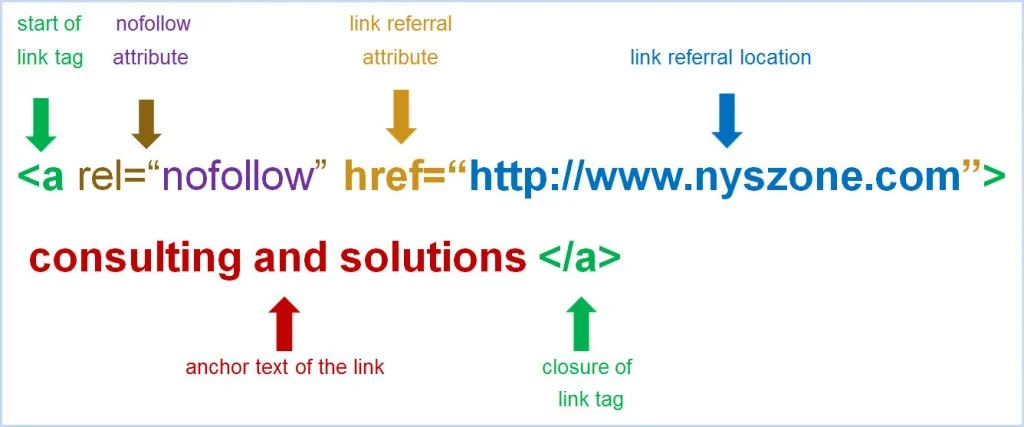
Following these practices ensures that GMB-related links drive clicks and enhance your broader local SEO strategy by reinforcing relevance, credibility, and discoverability.
Common Misconceptions About GMB and Backlinks
Misunderstandings about how Google My Business and backlinks interact can lead to ineffective strategies or missed opportunities. Clarifying these misconceptions helps align efforts with what actually drives results.
“Backlinks to the GMB Listing Directly Boost Rankings”
Links to the GMB profile may increase visibility and traffic, but they do not carry the same algorithmic weight as links to your website or landing page. Their value is more indirect.
“You Don’t Need Backlinks If You Have a GMB Listing”
A fully optimized GMB profile alone won’t achieve top local rankings. Backlinks remain a core local SEO signal, reinforcing domain authority and entity trust.
“All Citations Are Backlinks”
A citation is any mention of your business’s NAP. Not all citations include clickable, crawlable links. Only those that do can be considered backlinks in the SEO sense.
“More GMB Links Mean Faster Rankings”
Link volume is not a substitute for link quality. Search engines assess relevance, authority, and trust metrics, not just raw numbers.
“GMB Backlinks Don’t Need Optimization”
Even though the GMB dashboard is user-facing, links added should still follow SEO best practices, including UTM tracking and destination relevance.
“You Can’t Build Backlinks to a GMB Profile”
While not as straightforward as linking to a homepage, backlinks to a GMB listing URL can be placed on business directories, review sites, press releases, and social profiles with strategic value.
Tools to Track and Audit GMB Link Performance
Monitoring GMB-related link performance helps assess visibility gains, traffic attribution, and local search impact. Several tools can assist in keeping your backlink strategy accountable:
- Google Search Console: While it doesn’t track GMB links directly, it provides data on organic queries, page performance, and indexed content tied to GMB landing pages.
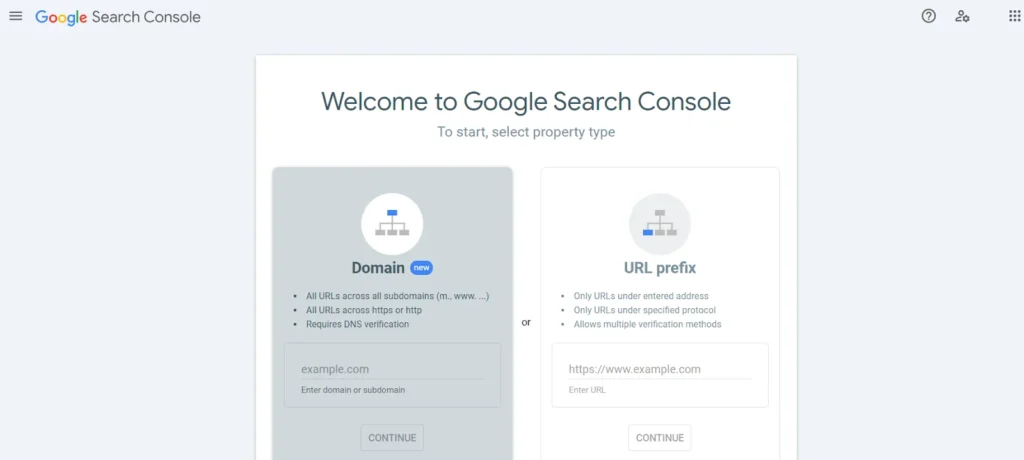
- Google Analytics with UTM Parameters: By tagging GMB URLs with UTMs, you can track user behavior, bounce rates, conversions, and session duration from GMB traffic sources.
- Ahrefs: Useful for auditing backlinks pointing to your site, including those from business directories or content referencing your GMB listing.
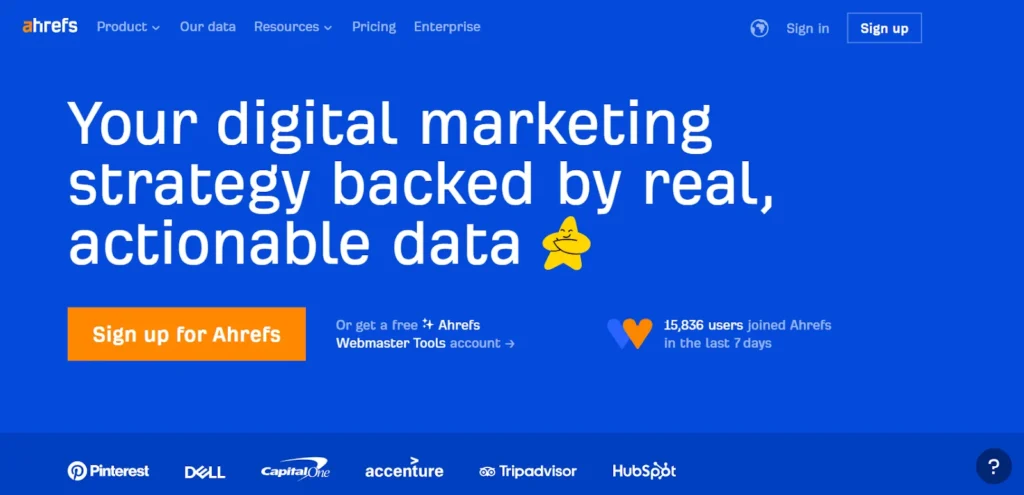
- BrightLocal: Specialized in local SEO reporting, BrightLocal offers GMB tracking tools, citation monitoring, and local SERP benchmarking with backlink insights.
- Whitespark: Focuses on citation building and GMB-related metrics. Whitespark helps identify opportunities to acquire new links to boost your local authority.
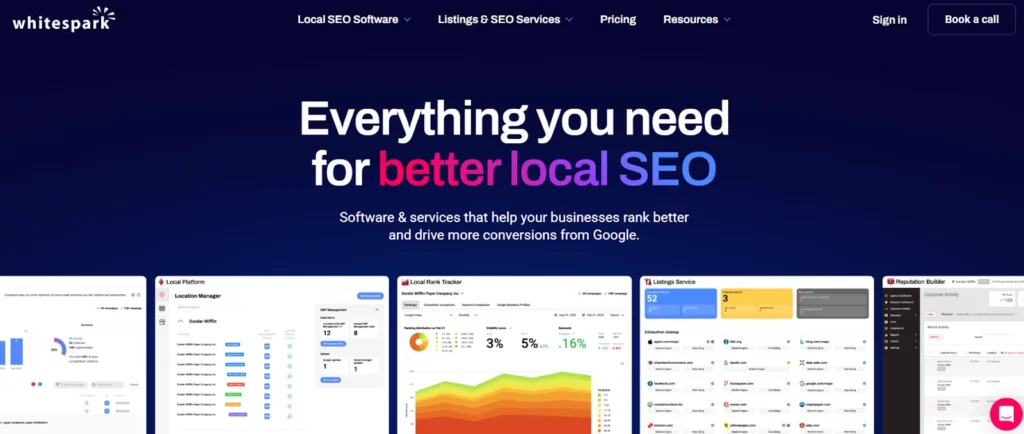
Using these tools can enable data-driven refinements in GMB optimization efforts and link-building campaigns.
Conclusion and Key Takeaways
Google My Business backlinks may not operate like traditional SEO links, but are pivotal in enhancing local authority and user engagement.
By linking to and from your GMB profile strategically, you strengthen both visibility and credibility in location-based search results. From proper UTM tagging and GMB optimization to external link-building and performance tracking, the cumulative effects can be substantial.
Avoid misconceptions, use the right tools, and focus on relevance and trust signals rather than volume alone. A well-executed GMB backlink strategy bridges the gap between physical presence and digital dominance, especially in competitive local markets.


